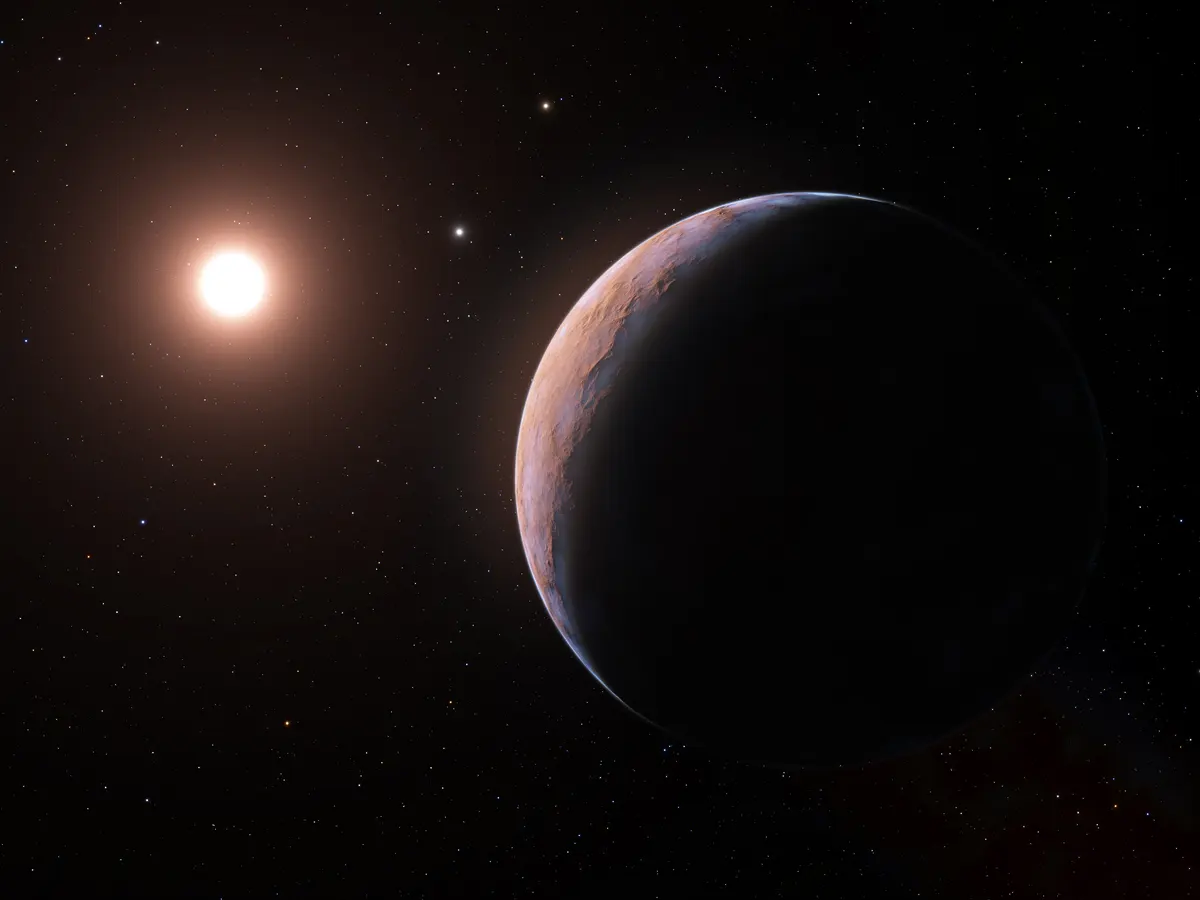Scientists may have discovered a new Earth-sized planet located within the Kuiper Belt, an area just behind Neptune, challenging previous assumptions about the outer reaches of our solar system. The Kuiper Belt, a region filled with icy remnants from the formation of our solar system, has long intrigued astronomers.
Published in the Astronomical Journal, this groundbreaking research suggests the presence of a celestial object within the Kuiper Belt, referred to as “Planet Nine.” Unlike the other objects in the Kuiper Belt, this mysterious body displays “peculiar” properties that indicate its planetary status, including its gravitational influence on surrounding objects.
While previous research hinted at the existence of an Earth-sized planet in the outer fringes of our solar system, this study introduces the idea of a planet that is much larger and closer to Earth than previously believed. If these findings are accurate, the new planet would be 1.5 to 3 times the mass of Earth and positioned 500 times farther away from the Sun than our home planet.
This revelation raises intriguing questions about the nature and origins of our solar system. It’s possible that this newly proposed planet, if it indeed exists, has been trapped in the Oort Cloud, a hypothetical region marking the outer boundary of the Sun’s gravitational influence. This area is believed to be home to numerous celestial objects, including comets.
To reach these conclusions, scientists conducted complex computer simulations to better understand how solar systems eject large planets and how a planetary system might capture one of these celestial bodies. They estimated that approximately one in every 200 to 3,000 stars could host an Oort Cloud planet.
One fascinating aspect of this research is that it suggests an ice giant may have been captured in the Sun’s Oort Cloud if our Solar System’s dynamical instability occurred after the dissolution of its birth cluster.
While the existence of this potential “Planet Nine” remains unconfirmed, these findings underscore the ever-evolving nature of our understanding of the cosmos and our own celestial neighborhood. It’s a reminder that the mysteries of the universe are far from being fully unraveled, and there may still be significant discoveries awaiting astronomers and scientists in the outer reaches of our solar system.




